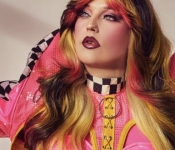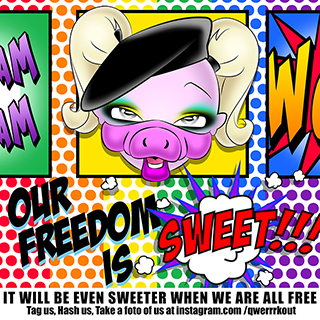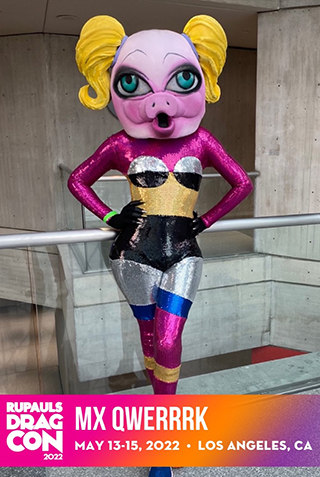BLACK TO YOUR ROOTS…IS YOUR HAIR WHO YOU ARE?

Whether permed and pressed, weaved or wigged…the varied images for the modern black woman are the end results of centuries of struggle. The Hip-Hop video girl with a bit of sass and sensuality has become the role model for teen girls who not so long ago felt more comfortable settin’ it off as a soror sista in Alpha Kappa Alpha than doing it doggy style as an extra in a R. Kelly flick. In the 70’s, Afro sportin’ Foxy Brown cut out all the alpha male crap by slicing off a man’s best friend a serving it back to the girlfriend in a pickle jar. She became the icon for self-empowerment, and her au natural locks sparked a revolution embracing the beauty of a real black woman…”I’m Black and I’m proud” became the war chant for a new brigade of sister soldiers. Unfortunately, that same year that Foxy was struttin’ her “kick ass” attitude, American Vogue had different designs on the look of a contemporary black woman. Beverly Johnson became the first Black woman on the cover of American Vogue magazine. Although an accomplishment, the image of an African-American woman with fair skin, European features, and straightened hair, only served in echoing back to the days of Dorothy Dandridge, Harry Belafonte, and Lena Horne – esteemed performers who were often mistaken for white, and seen by wider audiences because of their white-likeness.
For women of color, hair has always been a visually displayed sense of pride by way of plumage. In the mid 1400’s, The Atlantic Slave Trade forced millions of Africans to the Caribbean’s and Americas into slavery. Servitude meant checkin’ your pride and possessions at the door…this included your comb! Women who had once been members of highly respected tribes that placed a heavy importance on adornment and beauty especially with hair styling, lost their dignity, self-worth, and ultimately their freedom.
As the slave trade profitability increased, dark-skinned, “wooly” hair slaves began to realize that they were being treated more harshly than the lighter-skinned slaves. Blacks that could “pass” for white were usually allowed to work in the Master’s house, while the “darkies” remained outside in the fields. The seeds of racial self-hatred were planted. The whiter you were, the better chances for survival.
“My hair is wooly. My back is strong, strong enough to take the pain. It’s been inflicted again and again” Lyrics from the song Four Women by Nina Simone became the anthem for the Civil Rights Movement of the 1960’s. Simone, referring clearly to the pain of oppression, was also making a cry for the unification of her people…a pivotal return to solidarity and pulchritude. Freedom would ultimately lie in freeing one’s own imprisoned mind.
So how far has the movement come or returned to its original roots? Image still remains one of the most recognizable barometers for apparent success. South Sudanese model Alek Wek stood out with her buzzed bald do and un-European features making a mark as an exception to industry standards. More recently, Ethiopian born Liya Kebede was named by Vogue as a member of the New Establishment and the face of Estee Lauder bearing a look reminiscent of the original straight hair cover model Beverly Johnson…perhaps stalling the strides of advancement a bit.
How one comes to the decision of how to wear their hair has evolved from status symbol to renunciation to freedom to choose. Whether you prefer a more natural coif or something more chemically challenged is today aesthetically of no real importance. What remains imperatively relevant is the ability to consciously understand the reasons for the choices you have made. Is your look who you are…or are you just another affected girl in the video?
Paisley Dalton












